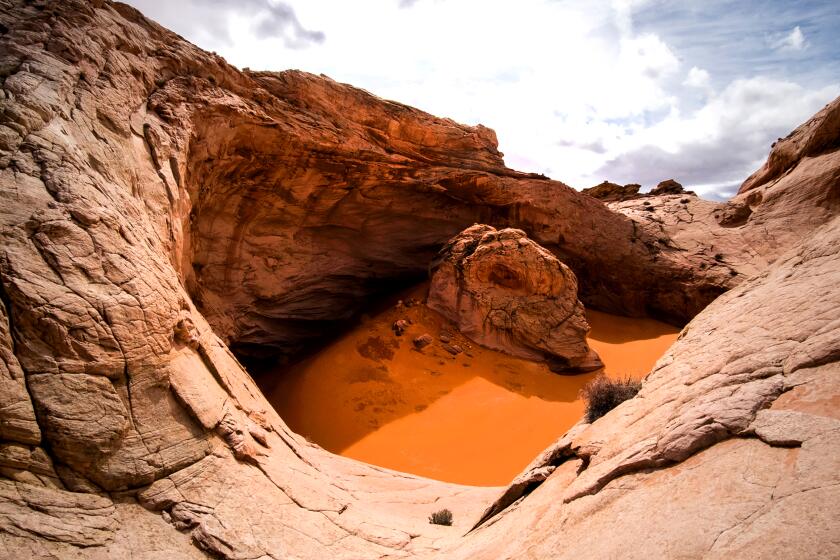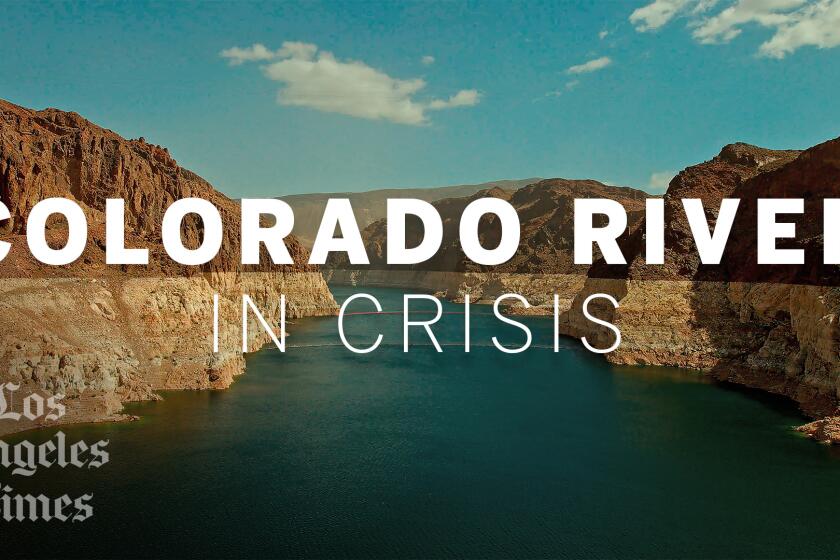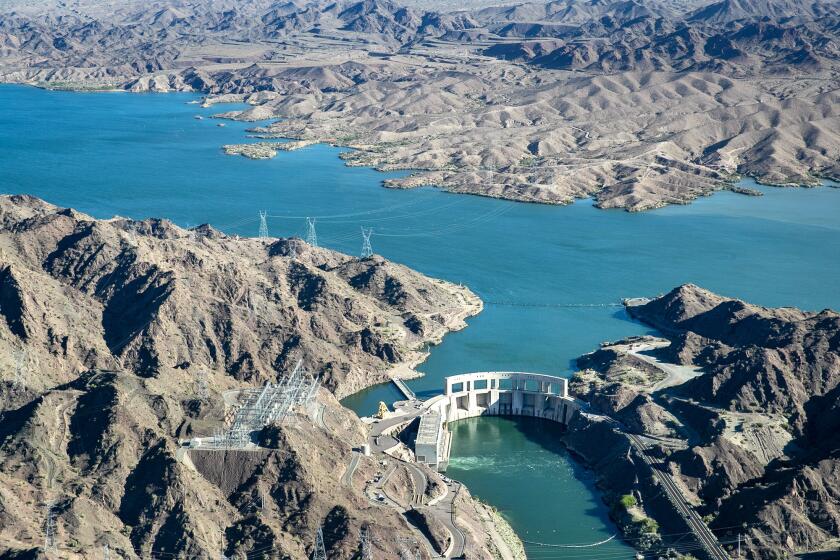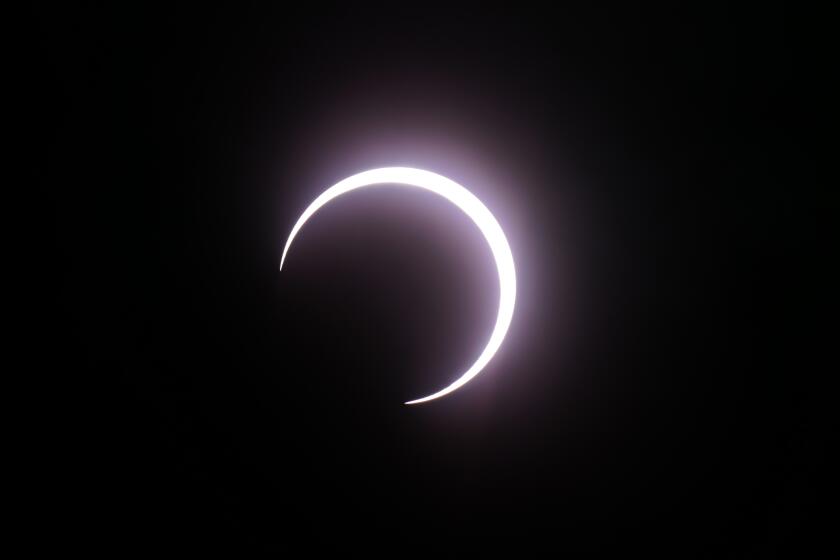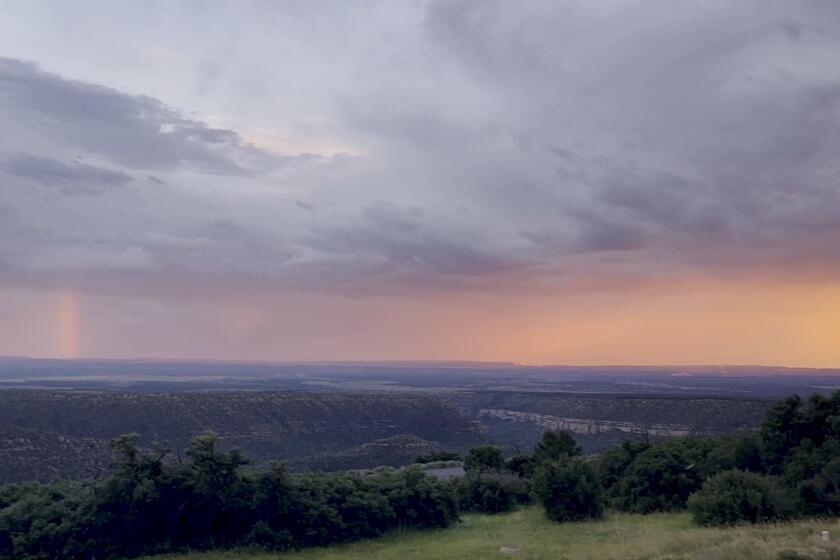Opinion: Will the tug-of-war over Utah’s canyon country ever end?
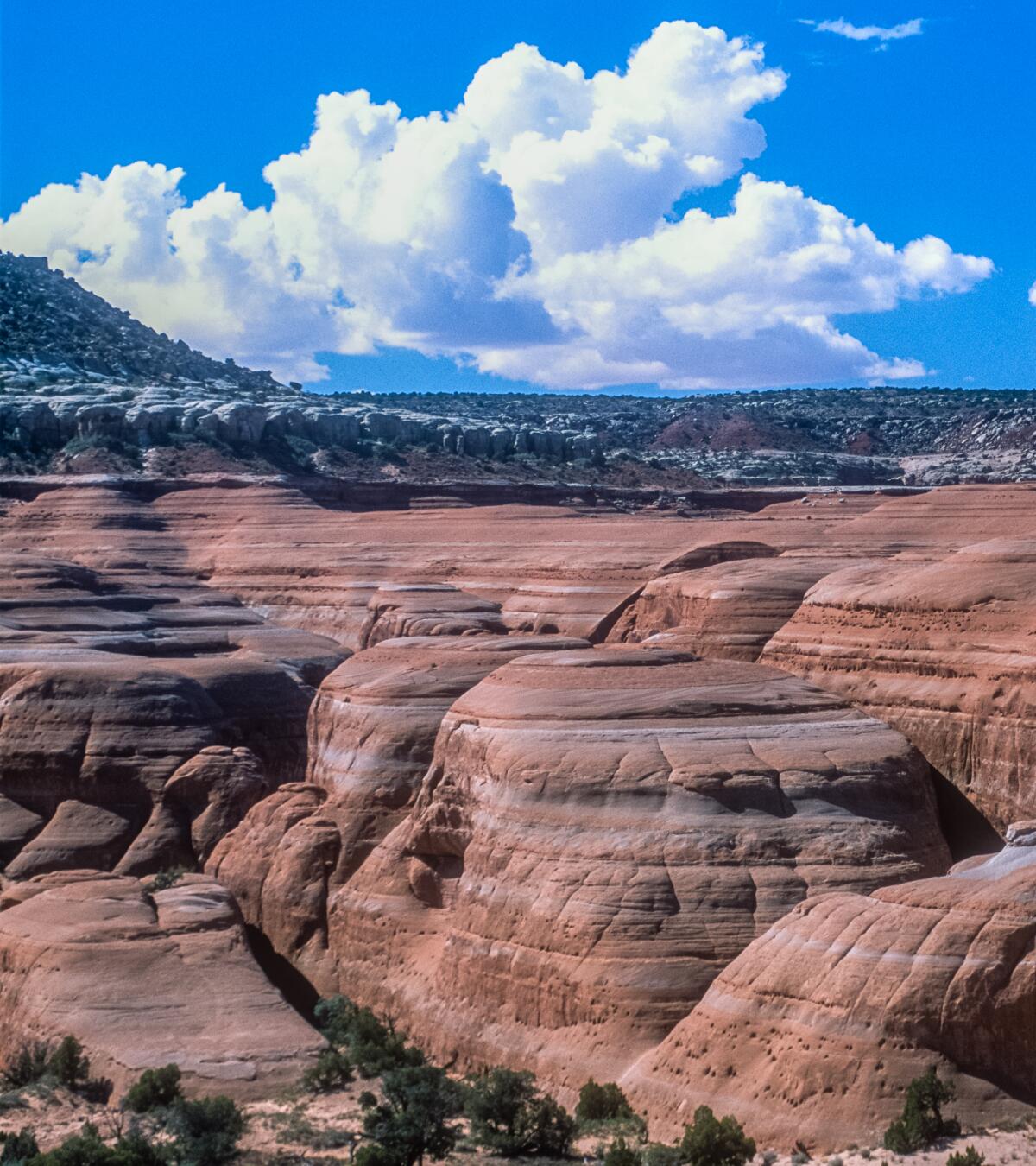
The canyon country along the Colorado River and its tributaries shelters an incredible array of beloved national parks and monuments, wild rivers and protected wilderness areas. These public lands are also the stage for chronic conflict, a drama in which everyone knows their lines. Utah’s uniquely fierce commitment to anti-federal sentiment keeps this morality play running endlessly.
With every new park designation, with every tiny step toward management that better balances stakeholders’ interests, conservative Utah politicians and their boosters decry “Washington overreach” and “federal land grab.” They hold out for imagined extractive booms, unlimited motorized access and local control, unwilling to change their 19th-century mindset.
A new management plan for Grand Staircase-Escalante is due in 2024. It must incorporate Indigenous communities, focus on climate resilience and prioritize the survival of critical species and habitats.
Conservationists, on the other hand, argue for the value of quiet refuge, intact ecosystems, climate resilience and endangered species. Native nations speak for sacred ground. And federal agencies that manage so much of this land respond warily, mirroring whatever directives come from rotating administrations, careening between the political poles.
Overseeing the open spaces of the West largely falls to the federal Bureau of Land Management, whose biases long ago earned it the nickname Bureau of Livestock and Mining. In Democratic administrations, that’s begun to change. Under President Biden’s Secretary of the Interior Deb Haaland, the first Native American to hold the post, the bureau’s dog-eared script has acquired a few edits. Since 2020, the BLM has cautiously leaned into conservation, adding a progressive plot twist to the public lands drama. Environmentalists are delighted; Utah elected officials, angrier than ever.
In August, the president came to Arizona to establish the Baaj Nwaavjo I’tah Kukveni-Ancestral Footprints of the Grand Canyon National Monument. Biden’s proclamation opened with a bow to the Native people who have lived along the Colorado River since time immemorial, and he spoke of “an abiding partnership between the United States and the region’s Tribal Nations [that] will also serve as an important next step in understanding and addressing past injustices.”
Next door, in Utah, the knee-jerk official response was all about fury at “locking up” the land’s potential for uranium mining, with no mention of the monument’s ties to Native peoples. Utah Sen. Mitt Romney had the audacity to say, “The president has once again ignored the concerns of those who live closest to the land.”
Journalists from the Los Angeles Times travel along the Colorado River to examine how the Southwest is grappling with the water crisis.
Grand Staircase-Escalante National Monument has been a permanently booked venue for public land dramas in Utah ever since its creation in 1996. The following year, the state sued over the legality of its initial establishment and lost. In 2017, former President Trump eviscerated Grand Staircase and Bears Ears — the nearby national monument proclaimed by President Obama just one year earlier. In 2020, Biden restored both in full. The state of Utah then challenged Biden’s proclamations, predictably accusing Washington officials of “repeated, abusive federal overreach.” In August 2023, a federal judge threw out the state’s case. Utah, loyal to its script, bound to its outrage, appealed.
The BLM, meanwhile, drafted a Resource Management Plan for the restored Grand Staircase, recommending a compromise that seeks balance between use and conservation. This, after many local stakeholder meetings and extensive public input.
The response? “We are the forgotten voices and it is time that we are heard,” complained a county commissioner in a televised report. The local newspaper, the Insider, reported that he likened conservationists to terrorists. And in a joint statement, three county sheriffs implored fired-up residents to remain peaceful in opposing the draft management plan, while they fanned the flames with a dig about the Biden administration’s “disdain for the people of southern Utah.”
California water agencies have signed new conservation agreements to help reduce strains on the overtapped Colorado River.
These scenes play out on endless repeat, shifting across southern Utah from one remarkable set of canyons to the next.
After the George W. Bush administration prioritized the use of off-road vehicles on public lands in Utah, conservationists sued and won. The courts now require the agency to update these plans and balance motorized use with “quiet recreation.”
The Labyrinth Canyon-Gemini Bridges travel management plan is the highest profile of these redos so far. Every spot within this 300,000-acre area between Arches and Canyonlands national parks now lies within two miles of an off-road vehicle track, 94% within a half mile. It’s nearly impossible for river runners and hikers — and bighorn sheep — to avoid vehicle noise and disruption.
With the September release of a new plan for this corridor along the Green River west of Moab, the BLM firmly demonstrated its newfound commitment to balance. They have proposed closing about 300 miles of vehicle routes while leaving more than 800 miles accessible to motorized travel.
When a flood of tourists threatened to inundate Bluff, Utah, to view the ‘ring of fire’ eclipse, the town struggled to prepare.
Utah Gov. Spencer Cox knows his lines: “The BLM’s plan … is completely unacceptable. These are historic routes that have been used by the public for generations, and we won’t tolerate this kind of blatant federal overreach.”
The state, along with off-roading groups, filed the usual appeals.
Environmental organizations find themselves in the unfamiliar role of defending the bureau’s decisions. Laura Peterson, attorney for the Southern Utah Wilderness Alliance, praised the “thoughtful” plan “that will protect the stunning Labyrinth Canyon river corridor and critically important riparian ecosystem while leaving thousands of miles of dirt roads and trails open to motorized use.”
All this conflict deserves a Greek chorus, and the American public should serve that role. We know what they’d have to say.
Zion, Mesa Verde, Arches, Grand Canyon and Joshua Tree all in one epic journey? We did it. Here’s how it played out.
Each year, Colorado College conducts a “Conservation in the West” poll. In the 2023 survey, registered voters in the eight Rocky Mountain states supported executive action to create national monuments. Even in Utah, nearly 80% of those polled supported new national parks, national monuments, national wildlife refuges and tribal protected areas.
And yet public opinion matters far less to decision-makers than energy, mining and ranching interests, donors, lobbyists and locals resistant to change.
Only when the chorus of voters chooses to hold their representatives accountable — and vote for new ones — will the dramatists of Utah’s public lands tolerate revision. For the sake of the land and a majority of its residents, let’s hope that rewrite will include a happy ending.
Stephen Trimble is a writer and photographer in Utah. The 35th anniversary update of his book “The Sagebrush Ocean: A Natural History of the Great Basin” will be published in 2024.
More to Read
A cure for the common opinion
Get thought-provoking perspectives with our weekly newsletter.
You may occasionally receive promotional content from the Los Angeles Times.
